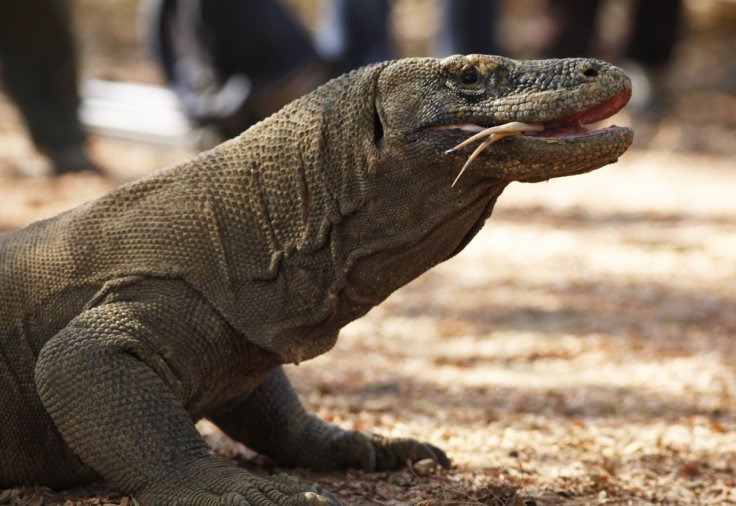
Komodo dragons have an unusual cardiovascular system and these oddballs in the reptile world have the power to sense its prey from up to 7.5 miles away. Even though these creatures are cold-blooded, they are capable of ramping up their metabolism to near mammalian levels, and this unique nature gives them great speed and endurance when compared to other reptiles.
Now a new study conducted by researchers at the Gladstone Institutes, in close collaboration with scientists at UC San Francisco (UCSF) and Zoo Atlanta has unveiled more details about the evolution of Komodo dragon.
During the research, scientists conducted the first high-resolution genome sequence of Komodo dragons and figured out starling details about this creature. Scientists studied the DNA of two Komodo dragons named Slasher and Rinca, from Zoo Atlanta. The blood of these Komodo dragons was collected as a part of their annual scheduled checkups.
This study report published in the journal Nature Ecology & Evolution revealed that scientists successfully discovered changes in the genome of Komodo dragons that helped them to adapt to its environment. This evolutionary process is called positive selection, and it has played a crucial role in shaping several genes involved in the function of mitochondria.
"Our analysis showed that in Komodo dragons, many of the genes involved in how cells make and use energy had changed rapidly in ways that increase the lizard's aerobic capacity. These changes are likely key to the Komodo's ability to achieve near-mammalian metabolism," said Abigail Lind, the first author of the study.
Joseph R. Mendelson III, a herpetologist and evolutionary vertebrate biologist, and the director of research at Zoo Atlanta revealed that mitochondrial adaptation plays a very important role behind the increased cardiac output of Komodo dragons.
"We know from working with Komodo dragons that they're capable of sustained aerobic activity, which could be swimming, running, or walking extremely long distances. Our study showed us that the secret is in these mitochondrial adaptations to increase their cardiac output," added Mendelson.
The research team is now planning to use these findings to investigate how genes that control the formation of the vertebrate heart changed in the course of time, as most reptiles have three-chambered hearts, while mammals have hearts with four chambers.









